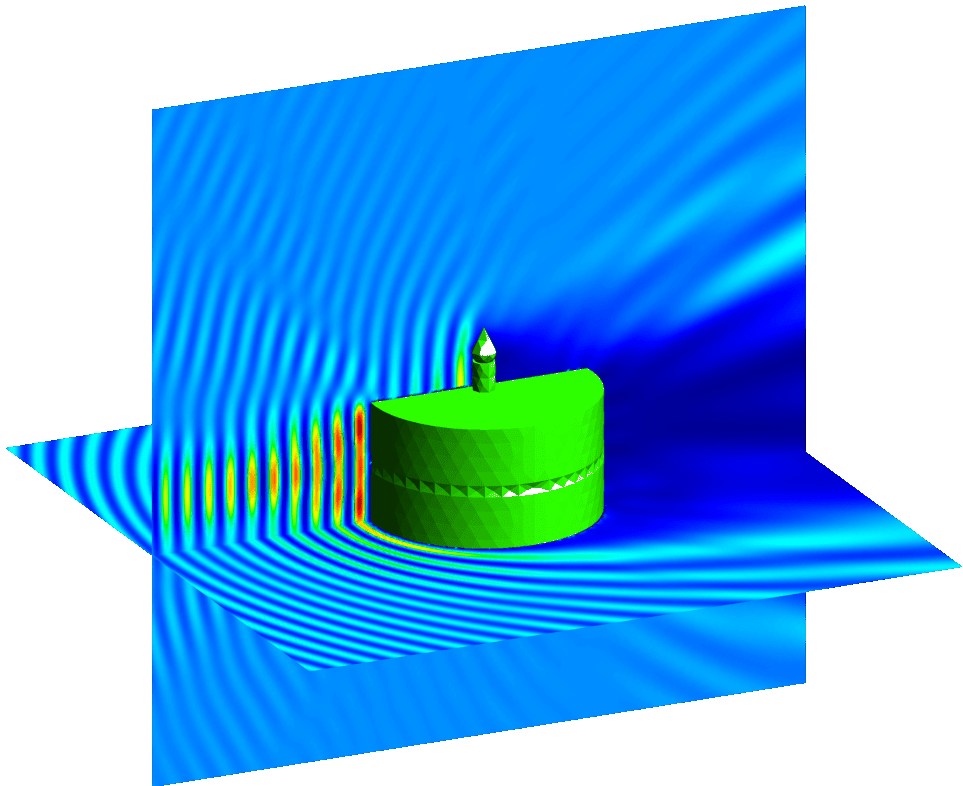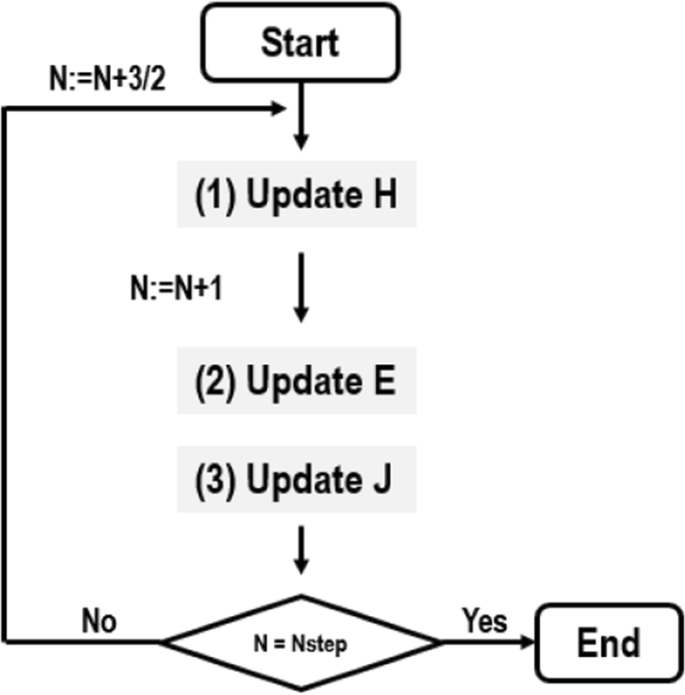
A fast FDTD computation would also significantly speed up iterative optimizations of coil design over a geometric parameter space. This will allow us to estimate SAR, B1, and E1 fields quickly for instances where SAR estimation for parallel transmission imaging of individual subjects is necessary, or for optimizing coil designs based on these estimates.

We show that using this framework can speed up computation by at least an order of magnitude compared to regular CPU computation. In this study, we present the use of Compute Unified Device Architecture (CUDA) enabled graphics cards in Finite Difference Time Domain (FDTD) simulations for SAR computation. Steady advances in graphics cards for game developers have enabled dramatic speedups in computationally heavy tasks for computer graphics, and some of this functionality is applicable for faster numerical SAR simulation compared to general CPUs.

While real-time estimates of local SAR over large volumes as well as SAR-constrained pTx RF design are highly desirable goals, it is both difficult to control and computationally demanding. Specific Absorption Rate (SAR) is a dominant constraint in high field MR, and has been a topic of much recent interest with developments of parallel transmission systems (pTx).


 0 kommentar(er)
0 kommentar(er)
